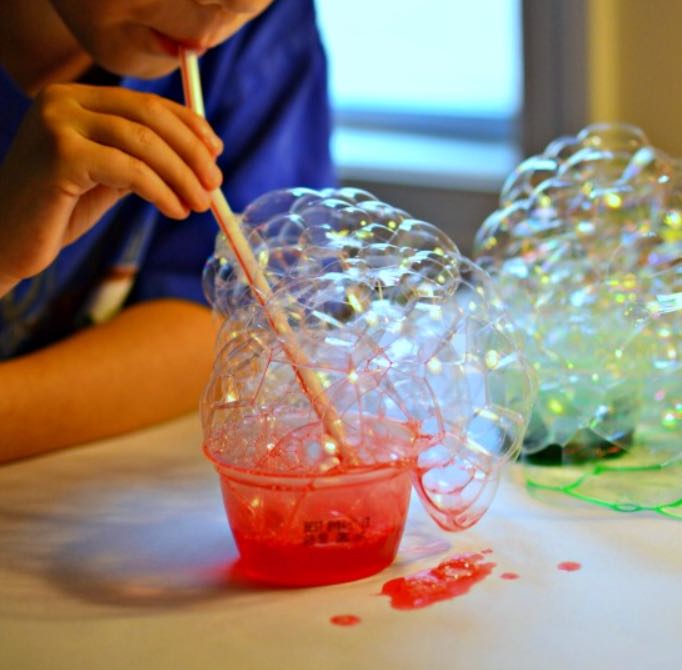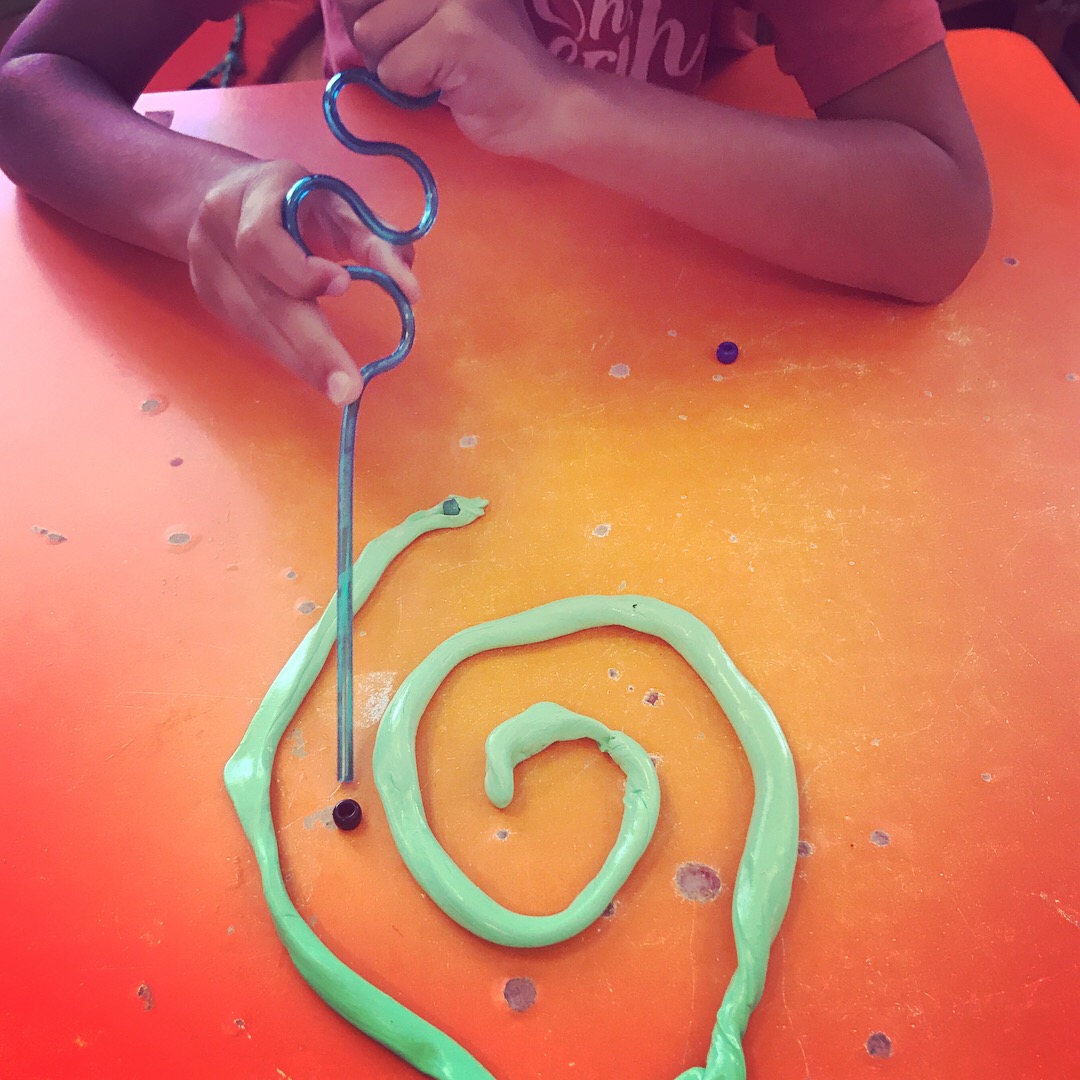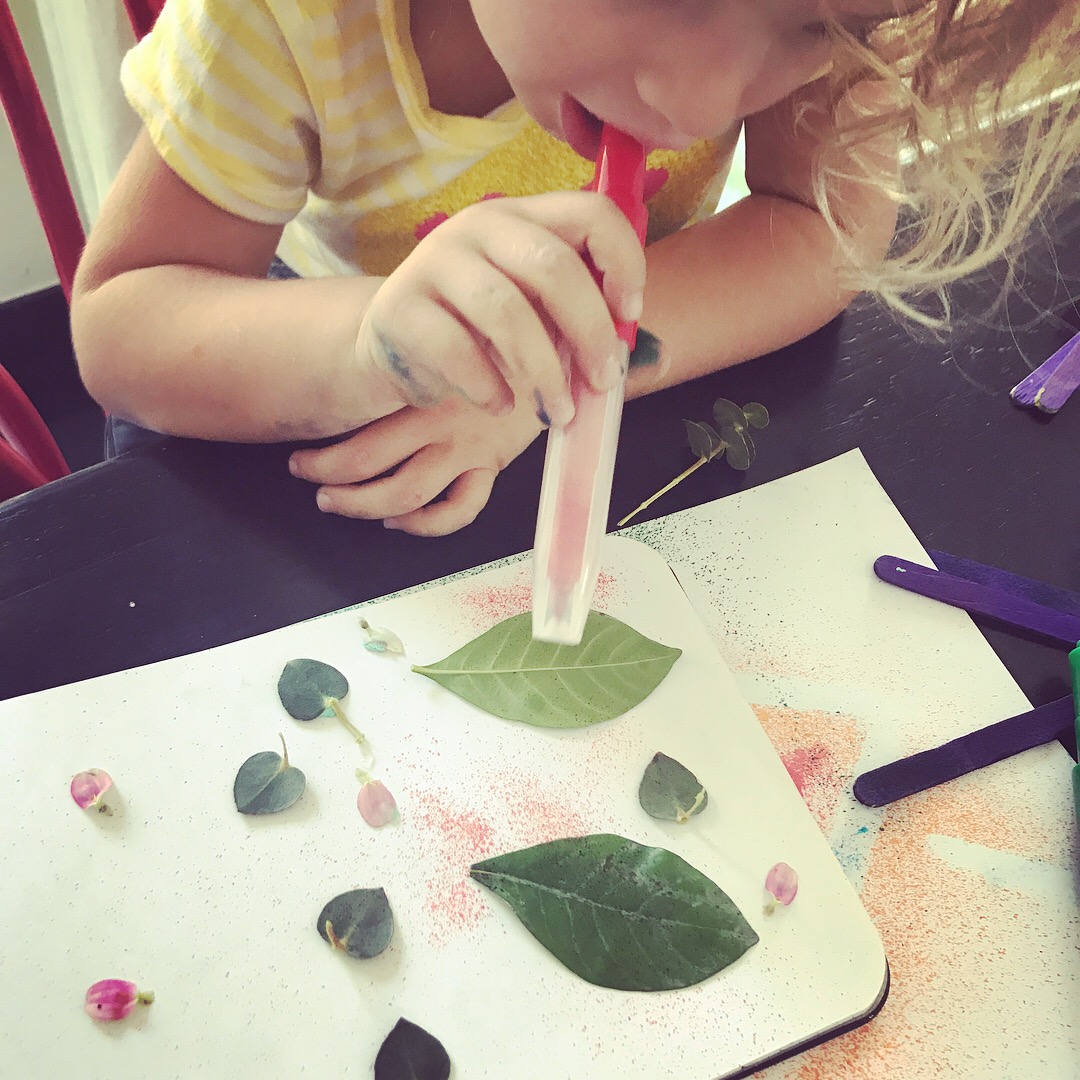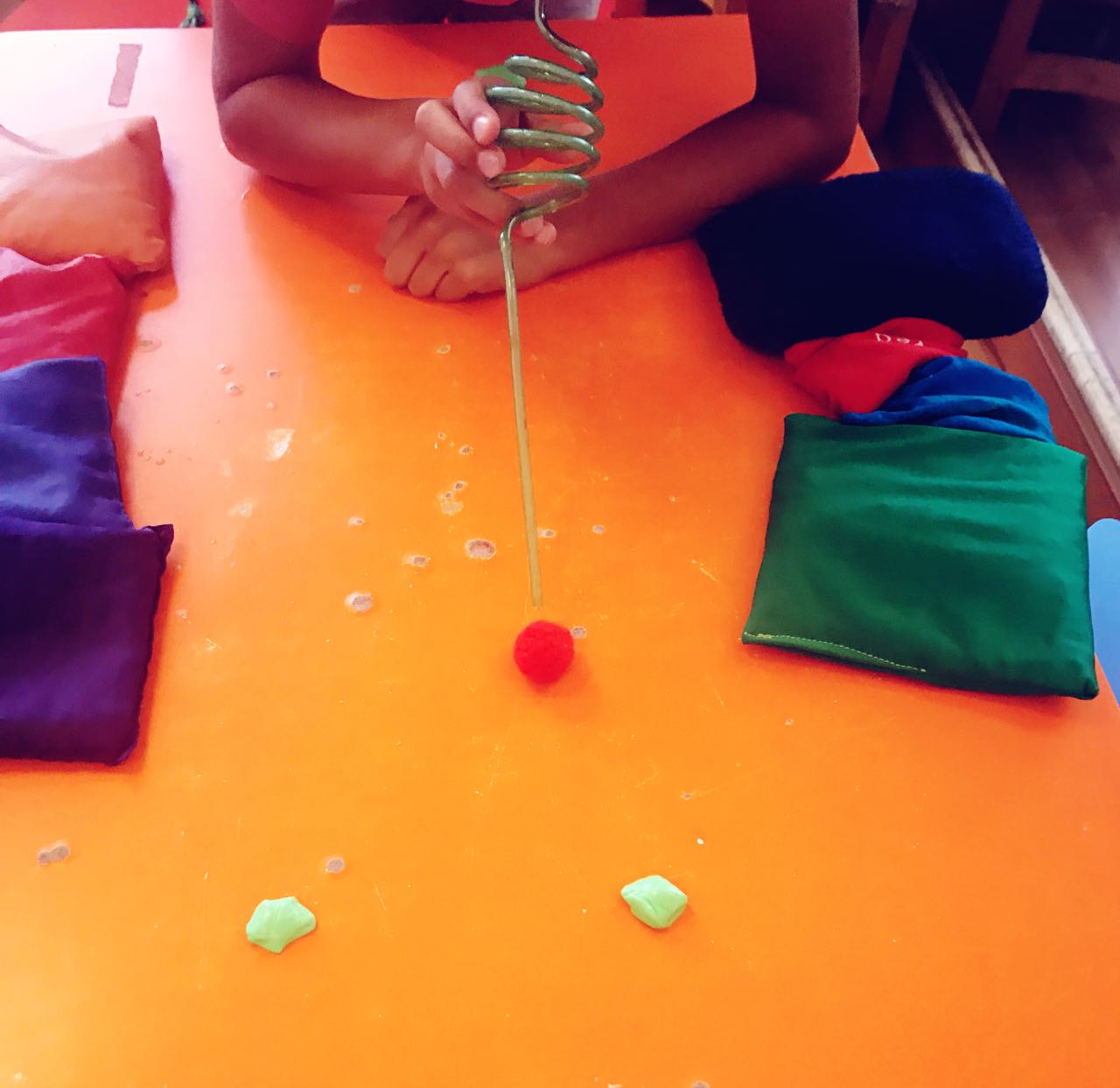Children with sensory processing difficulties can quickly move into the “flight or fight” response when they are overstimulated, not getting what they need, or have undue stress in their immediate environment. During this “flight or fight” mode, the child experiences shallow breathing which indicates sensory defensiveness, anxiety or panic attacks.
If your child is prone to having these types of reactions, daily breathing exercises are helpful to not only calm the anxiety and sensory issues, but it will encourage your child to self-regulate on their own and understand what it feels like to be in a calmed state.
Breathing exercises actually decrease the child’s heart rate and triggers a relaxation response. The child’s “flight or fight” reaction to sensory defensiveness or other factors like stress or anxiety cannot occur while deep breathing is being exercised.
Children in a heightened state of mind, have difficulties using their executive functioning (that directs higher thinking and controlled behavior). Executive function is needed to reign in the child’s impulsivity and it is the foundation for organizing their thoughts and handling frustration and stress adequately. Many times, a child with sensory issues is propelled into a state of fear and panic. This is why a meltdown, panic attack and hyperventilation is common with sensory defensive children.
A wonderful strategy for calming these moments of fight or flight is breath control. Breath control is one of the quickest and easiest ways to get a child back to using their executive function skills.
Breath control is the ultimate means of body control and becoming present in the moment. Regular daily deep-breathing exercises for 3 to 10 minutes, twice daily, will increase the lung capacity to enable your child to breathe more deeply, enhance breathe control, breathing flexibility and will reset the rhythm and rate of their breathing.
At sensoryTIME we have found these 5 activities fun ways of encouraging deep breathing in children:
- Bubble mountain
For this one all you need is a straw, a bowl with water and a few drops of dish soap. Ensure your little one understands the concept of blowing into liquid (as it wouldn’t be the tastiest drink) and encourage him/her to blow bubbles creating as high a tower as possible. Good clean (see what we did there) fun!
- Straw obstacle courses
Have your child create an obstacle course or simple maze with play dough and see how quickly they can blow a cotton ball or bead along the maze.
- Straw pick up
This one needs a straw and any small bits of paper. Encourage your child to suck in through a straw, picking up cards, paper for a collage and place them for a game or activity. The goal of sustained breath picking up paper without a child using their hands is always a fascinating one.
- Blow pens
We picked these up at our local stationery store and spent ages experimenting with different stencils all whilst breathing in and out deeply
- Straw football
Have your child play a game of football against a parent, friend or sibling. Try and blow a cotton ball across the table and through a demarcated area to score a goal. Again, simple and fun!




